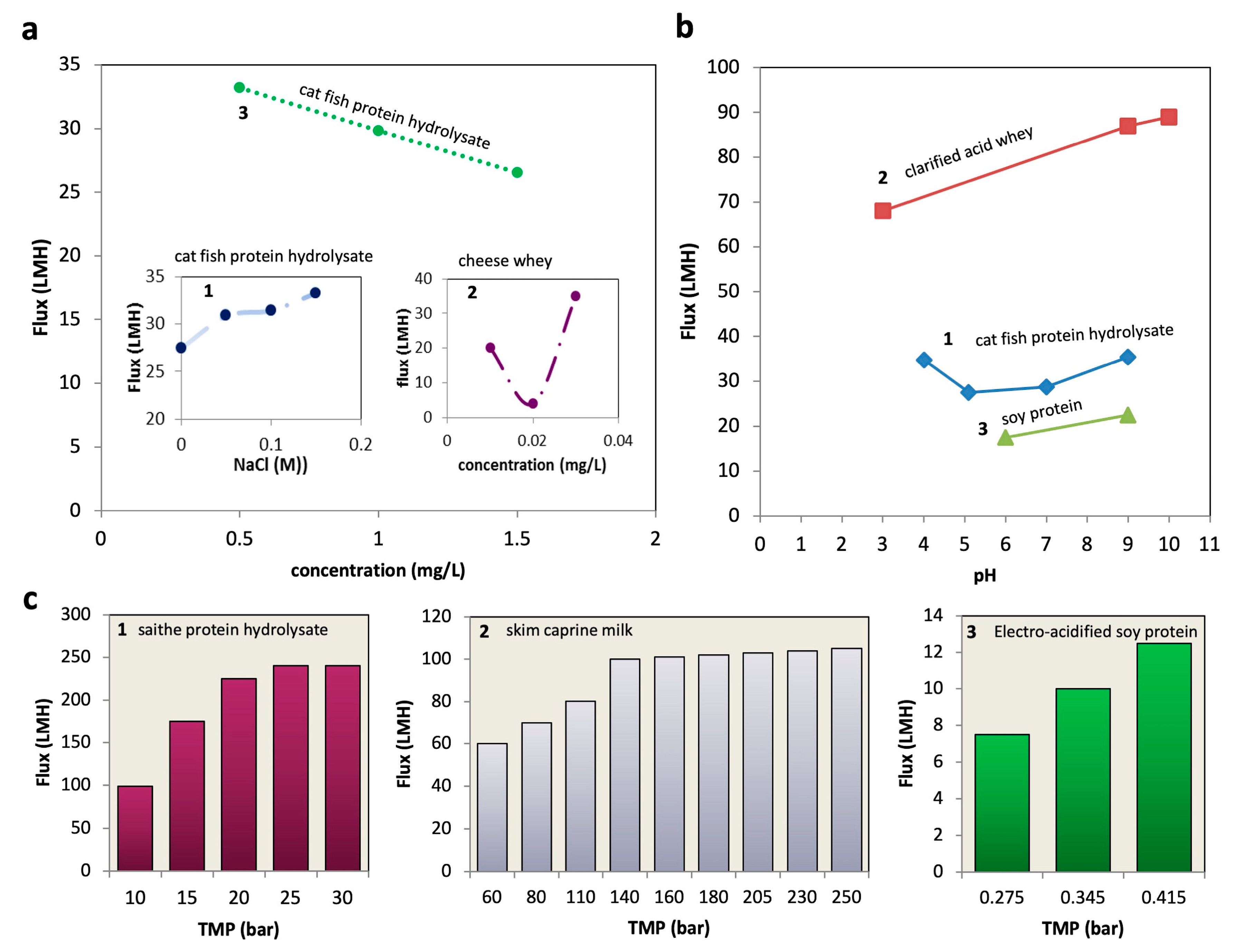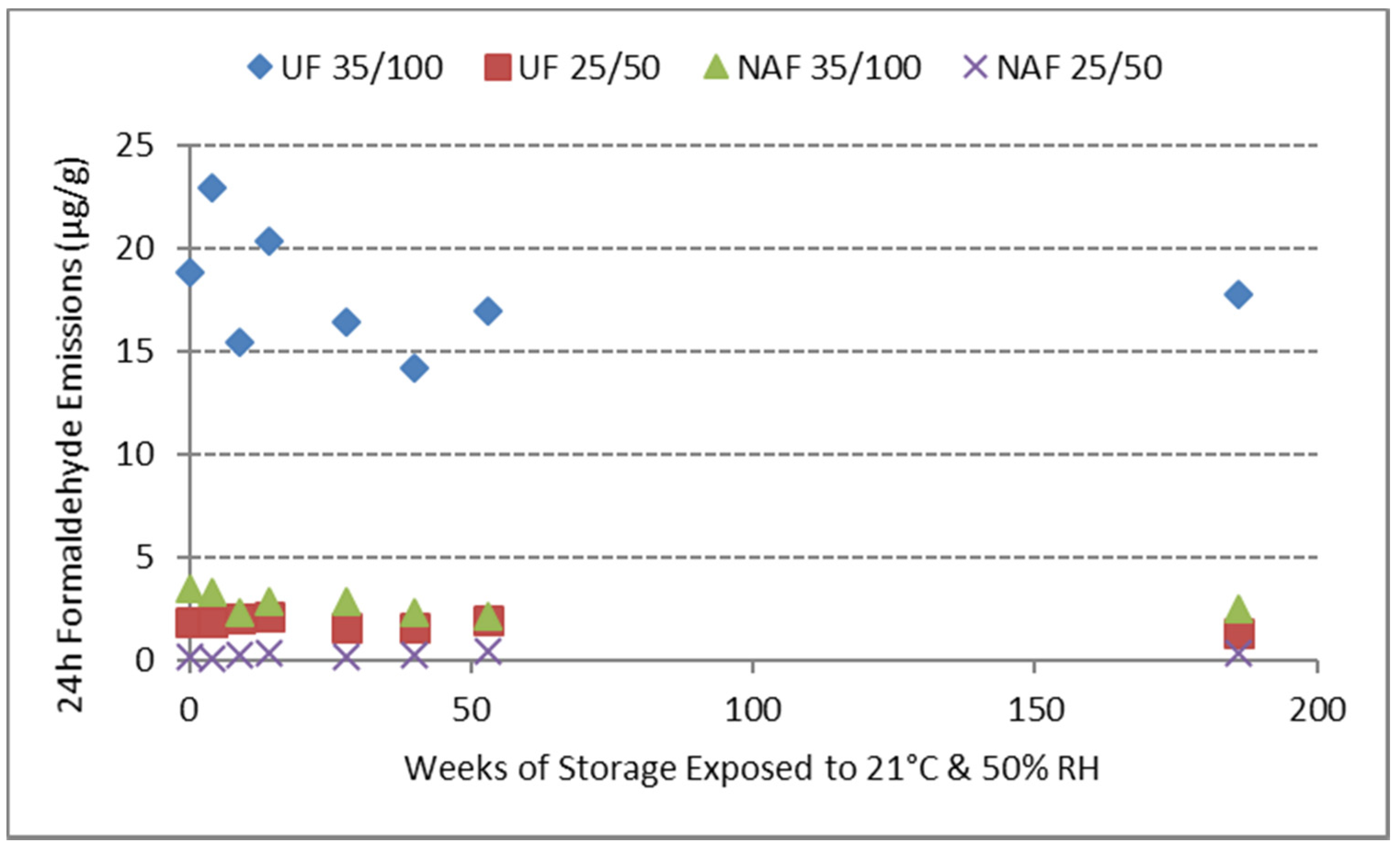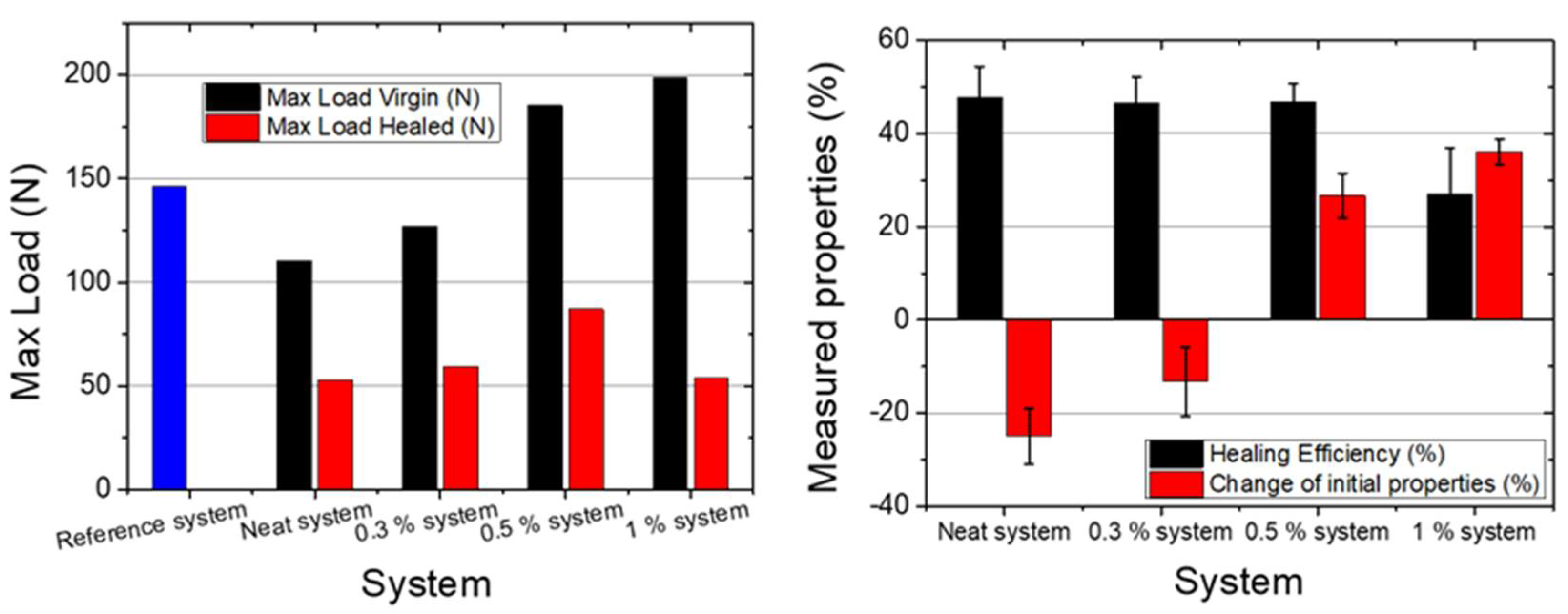
All of these results were confirmed by various characterizations, such as SEM, TEM, AFM and, etc. Anti-fouling experiments and stability tests of the membranes were also conducted. Proper molecular weight of PEI was very important for the modification of GO, subsequently resulting in an overall enhancement in membrane performance.


Third, the good dispersion and compatibility of PEI–GO promoted the formation of a uniform structure with fewer defects. Second, the high hydrophilicity of PEI–GO could accelerate the exchange rate between solvent and non-solvent, resulting in a rougher and more hydrophilic surface, higher porosity and a more porous structure. First, a cross-linking network of PEI–GO/BPPO membrane was formed because of the reaction between PEI–GO and the BPPO matrix to provide passageways for water rapidly passing through. The improvement of membrane performance could be attributed to the special property of PEI–GO and the interactions between PEI–GO and the BPPO matrix. The PEI–GO/BPPO membrane showed highly improved water flux, which was almost 6 times higher than that of the pristine BPPO membrane and 2.5 times higher than that of the GO/BPPO membrane, whereas the rejection of PEI–GO/BPPO membrane was still maintained at a high level.

Then, a novel ultrafiltration (UF) membrane was prepared via casting and phase-inversion methods. The obtained PEI–GO was incorporated into a brominated poly(2,6-dimethyl-1,4-phenylene oxide) (BPPO) matrix by a covalent bond interaction to form a cross-linking network. In this work, graphene oxide (GO) was first functionalized with branched polyethyleneimine (PEI). The ratio of the surface film velocity to average film velocity (us/uF) is less than 1 for low angle of inclination (4-8 o) where.


 0 kommentar(er)
0 kommentar(er)
